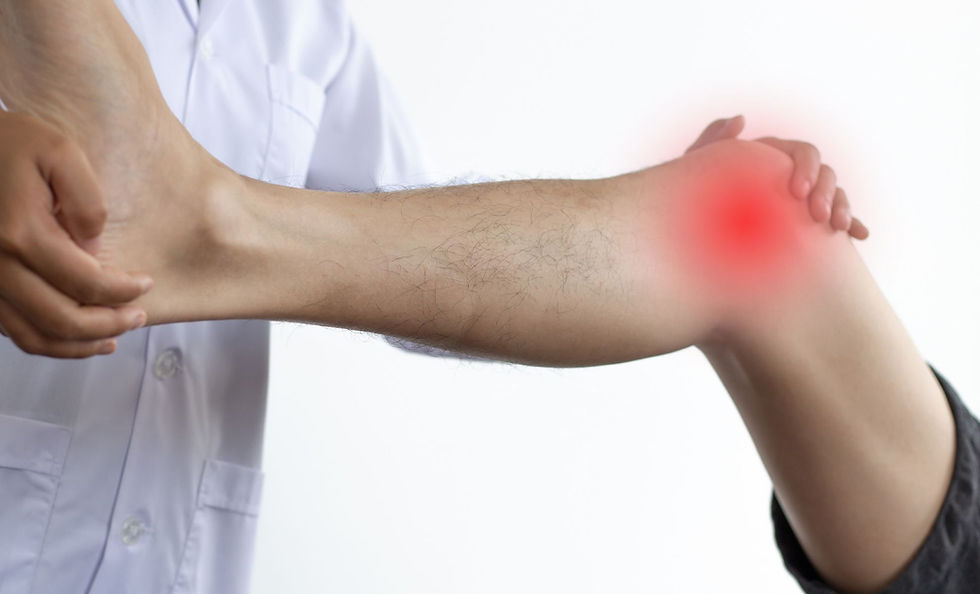How Regular Stretching Can Prevent Future Injury
- Dr. George Cheriyan, DO

- Jun 20
- 2 min read
Whether you’re an athlete, a weekend gardener, or someone who spends most of the day at a desk, your body thrives on movement. And one of the simplest, most overlooked habits that can significantly reduce your risk of injury is regular stretching.

At 360 Osteo, we focus on treating pain at its root—and preventing it before it starts. Stretching isn’t just about flexibility; it’s about preparation, protection, and long-term health. Here’s how integrating a simple stretching routine into your day can help safeguard your body against future injuries.
🦵 1. Stretching Improves Muscle Flexibility and Joint Mobility
Tight muscles limit your range of motion. Over time, this can lead to imbalances that increase strain on tendons, joints, and ligaments—setting the stage for injury.
Regular stretching helps to:
Lengthen muscle fibers
Loosen stiff joints
Improve your body’s functional movement
For example: tight hamstrings can pull on your pelvis and increase the risk of lower back strain.
🔄 2. Stretching Reduces Compensatory Movement Patterns
When one area of the body is tight or immobile, other areas step in to “help out”—leading to compensatory movement patterns. Over time, these poor patterns wear down tissues in unnatural ways, increasing the risk of sprains, strains, and chronic pain.
Stretching can correct these imbalances by:
Restoring symmetry
Encouraging proper muscle recruitment
Supporting efficient, injury-free movement
🏃 3. It Prepares Your Body for Physical Activity
Warming up with dynamic stretching before activity (and static stretching after) can reduce your risk of sudden injuries like:
Muscle pulls
Tendon strains
Joint sprains
Pre-exercise stretching increases blood flow and muscle temperature, which primes your body for safe movement and better performance.
🧘 4. It Supports Recovery and Reduces Postural Stress
Our modern lifestyles often lead to:
Rounded shoulders
Tight hip flexors
Forward head posture
Gentle stretching—especially for the chest, hips, and spine—can help reverse these postural strains and reduce the long-term effects of sitting or repetitive motion.
Stretching:
Promotes circulation and lymph flow
Eases muscle tension and soreness
Helps prevent overuse injuries from developing
🧠 5. It Enhances Body Awareness and Preventive Care
Stretching connects you to your body. It helps you notice areas of tightness or weakness before they turn into pain or injury. When you stretch consistently, you become more attuned to early warning signs.
And that’s where 360 Osteo comes in. As osteopathic practitioners, we can:
Assess your movement patterns
Identify imbalance or restriction
Create a treatment and stretching plan tailored to your needs
💡 How to Get Started
You don’t need an hour-long yoga class to stretch effectively. Try this:
5 minutes every morning: Neck rolls, chest openers, hamstring and quad stretches
5 minutes after exercise: Focus on hips, hamstrings, shoulders
Desk breaks: Gentle shoulder shrugs, spinal twists, wrist stretches
Consistency beats intensity. Even 10 minutes a day makes a big difference.
🩺 Stretch Smarter with Professional Support
At 360 Osteo, we integrate osteopathic care with movement education to help you stay active, pain-free, and resilient. Whether you’re recovering from an injury or want to prevent the next one, we’ll build a plan that fits your body and your life.



